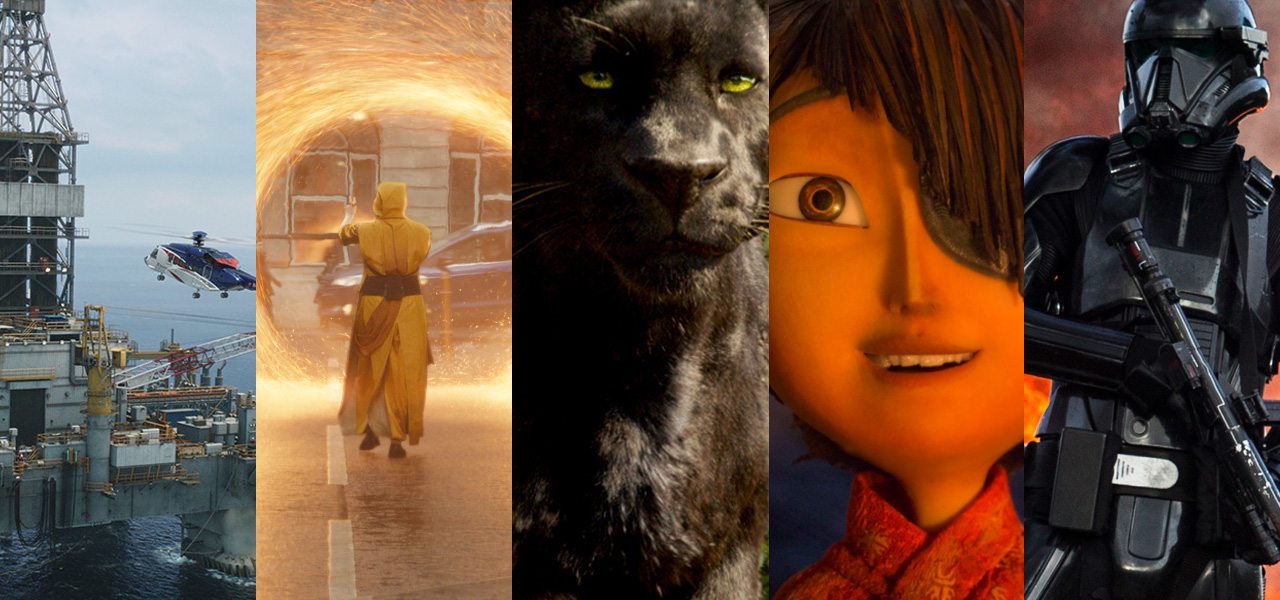
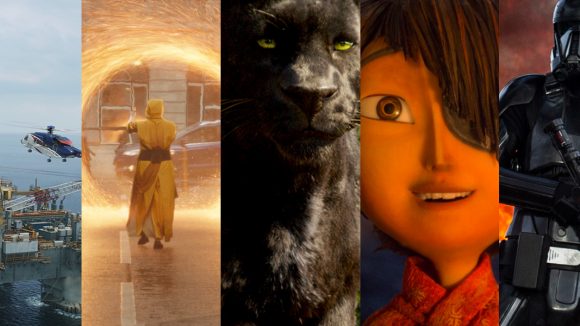
VFX Oscar Contenders Share Their Toughest Shots
It’s shaping up to be one of the most competitive years yet at the 89th Academy Awards in the race for the best visual effects Oscar.
The nominated films – Deepwater Horizon, Doctor Strange, The Jungle Book, Kubo and the Two Strings, and Rogue One: A Star Wars Story – represent a wide mix of effects work, from invisible compositing to fully cg environments and characters.
But with all that incredible work on show, what were some of the hardest scenes to pull off? Cartoon Brew asked the overall vfx supervisor for each nominated film what they thought was the toughest visual effects shot to accomplish. Here’s their answers – and they’re not all what you might think.
Deepwater Horizon
Nominees: Craig Hammack, Jason Snell, Jason Billington, and Burt Dalton
The toughest shot: Mike Williams’ jump to safety
Craig Hammack (visual effects supervisor): There were many challenging shots on Deepwater Horizon, but the one standout for me was the shot where Mike Williams (Mark Wahlberg) finally jumps from the rig into the water below. This was one of those shots that from its inception was incredibly difficult. [Director] Peter Berg was after an immersive experience, full of panic and pain that he wanted the audience to take in. It took multiple rounds of extensive previs from a few different companies to get something close to what Pete was looking for. The constraints were massive. It had to start with a large and potentially dangerous stunt that then transitioned through something like 10 other plates shot in various tanks to get the combination of actions…all hand held.
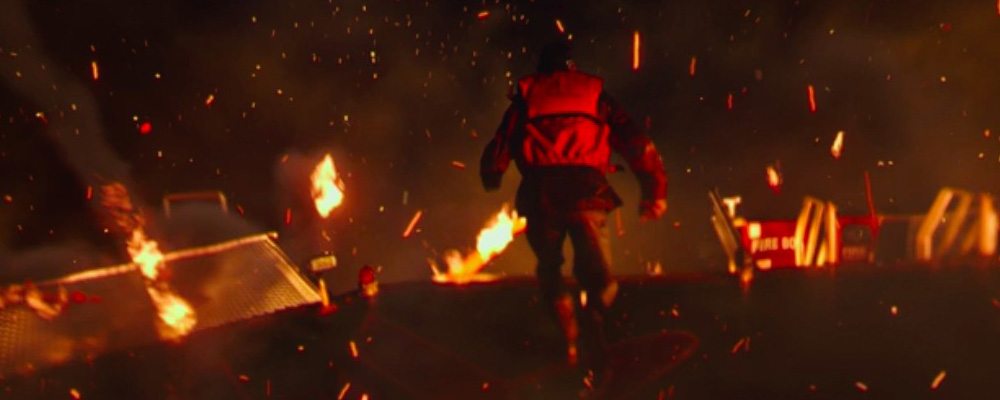
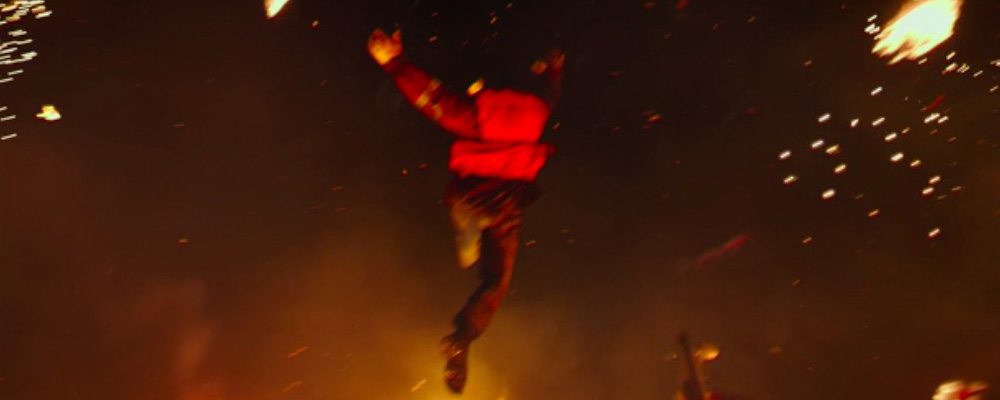
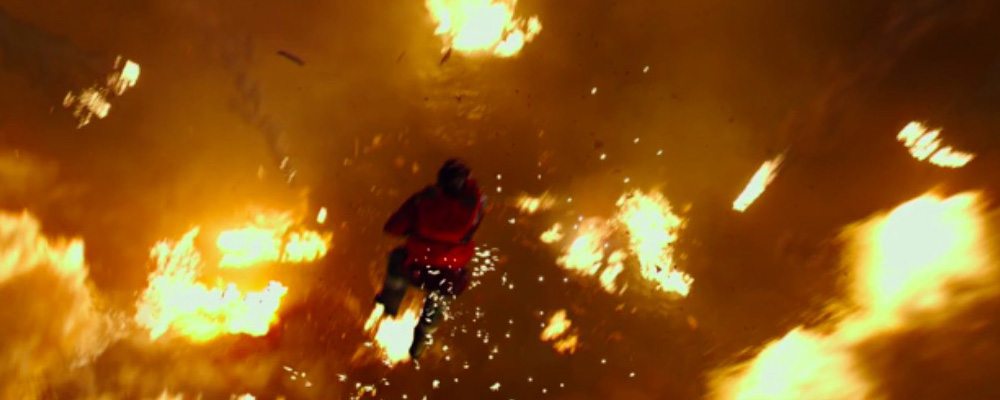
Shots like this you know will cause everyone involved some amount of pain as it goes through changes along the way. It’s also the type of shot that will not look good until it looks great. This means an awful lot of salesmanship on my part and trust on Pete’s part. We had a team of artists led by our talented senior compositor, Shawn Monaghan, that worked on it from the first week of the show until delivery. In the end, I think it appears seamless and allows the audience to experience the harrowing jump from Mike’s point of view.
Doctor Strange
Nominees: Stephane Ceretti, Richard Bluff, Vincent Cirelli, and Paul Corbould
The toughest shot: The magic mystery tour – Doctor Strange first enters the multiple dimensions
Stephane Ceretti (visual effects supervisor): I think if we consider the magical mystery tour as almost one long shot (it’s a bit of a cheat but visual effects are a cheat anyway!), it is definitely what took the most amount of R&D from a storytelling, visual, and technical point of view. It was like creating a film within a film. It took a lot of effort to go from the written words on the page to creating a previs.
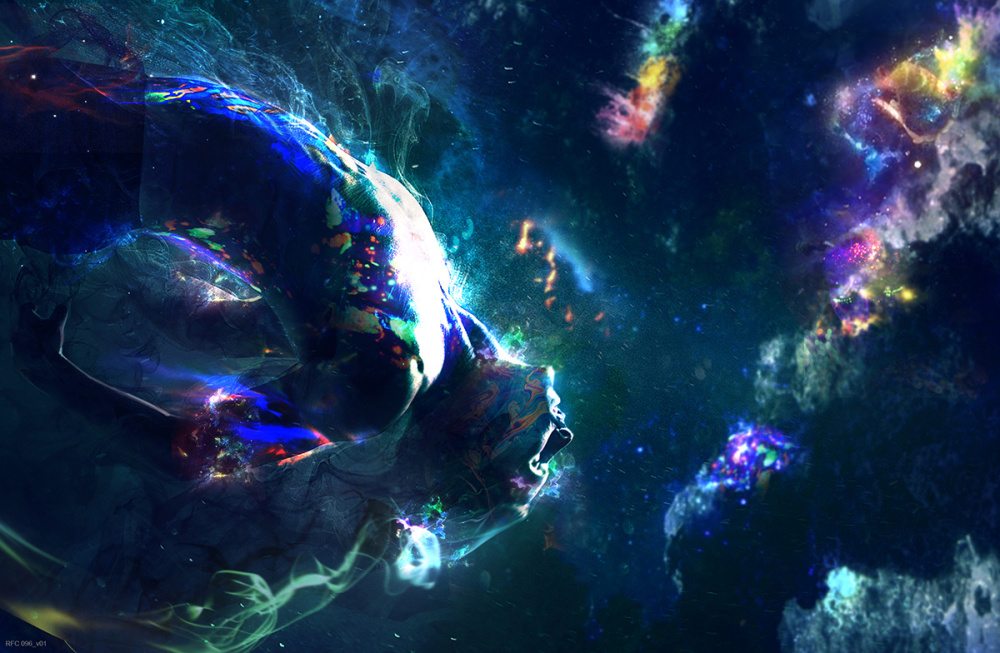
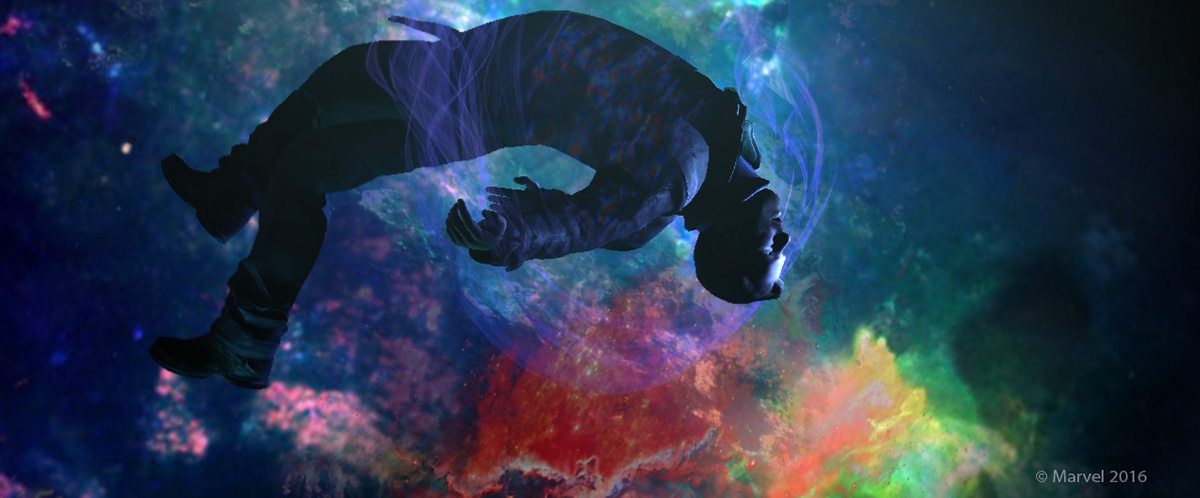
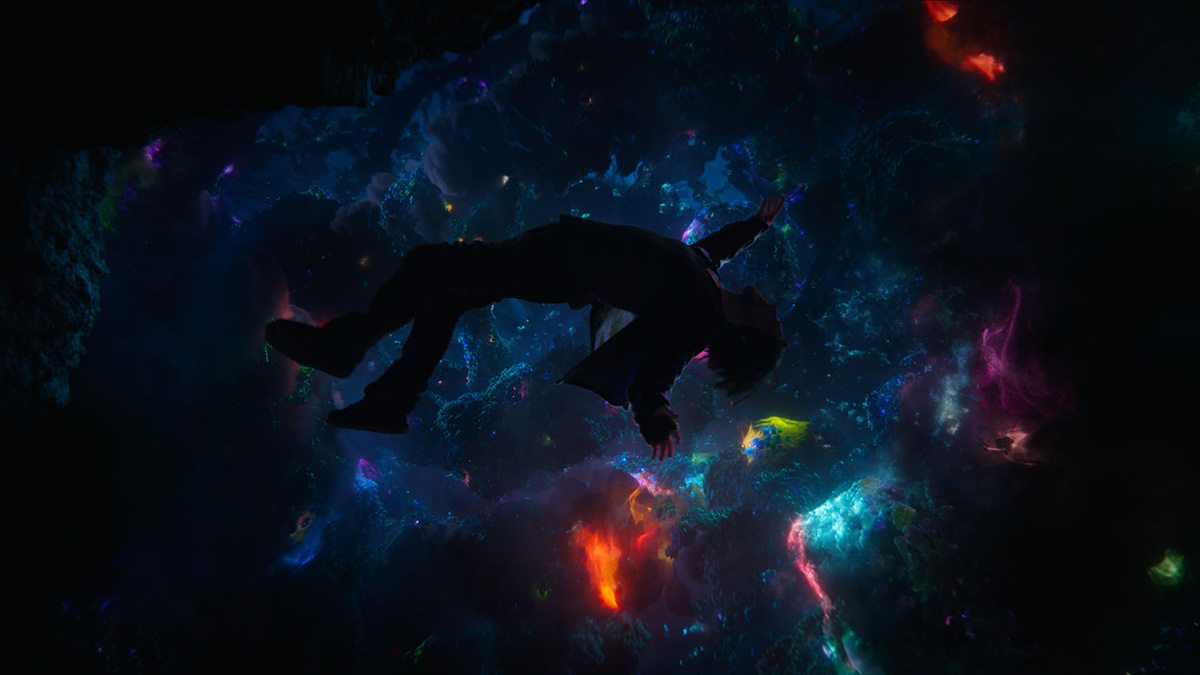
This took about six months, and in parallel we created the design for all those worlds based on references and original concept art, while at the same time figuring out how to shoot it – stunts and special effect and lighting rigs had to be invented and custom made for this – and then going into post with countless refinements and revisions and technical challenges to create original imagery. It was definitely the most challenging thing on Doctor Strange but not the only challenging thing! Pretty much everything was, and that’s why it was fun to do.
The Jungle Book
Nominees: Robert Legato, Adam Valdez, Andrew R. Jones, and Dan Lemmon
The toughest shot: Consistency
Robert Legato (visual effects supervisor): In this film, since all the effects almost all had equal weight in terms of complexity I would have to say the most difficult time was spent in consistency. When our first few renders came back, they were pretty extraordinary as were the animation passes. So the hardest part became keeping this bar we created for ourselves both high and consistent. We could not hide behind any degree of fantasy or graphics as real world restraint was our key approach to believability.
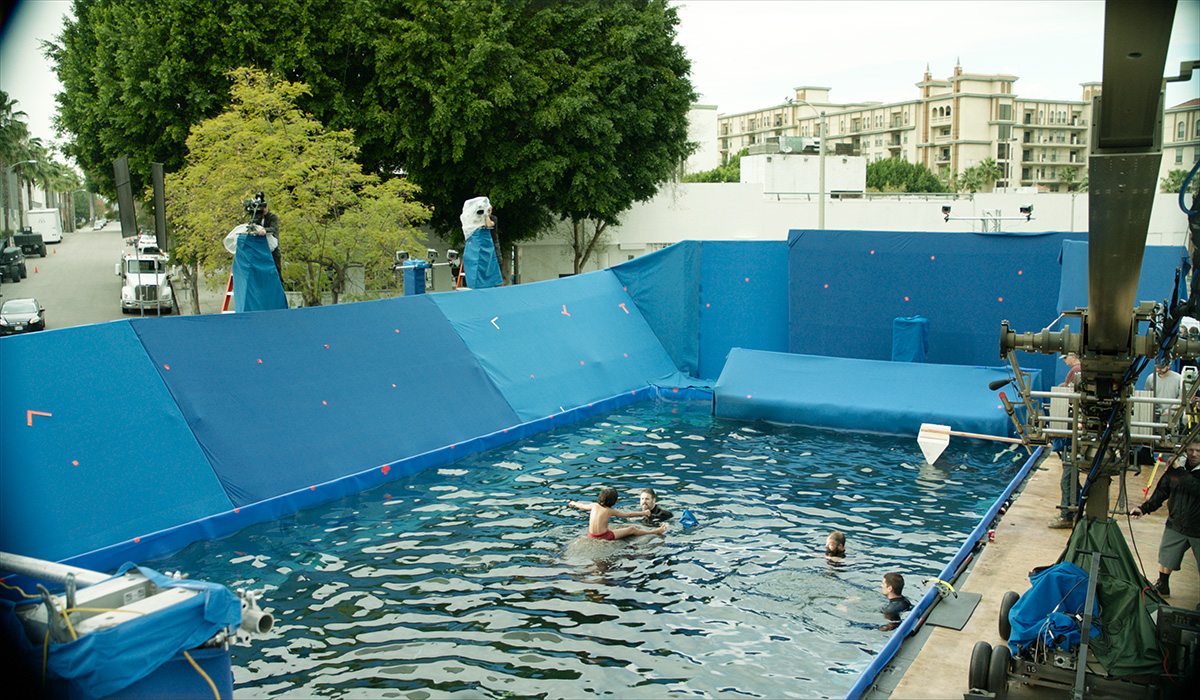
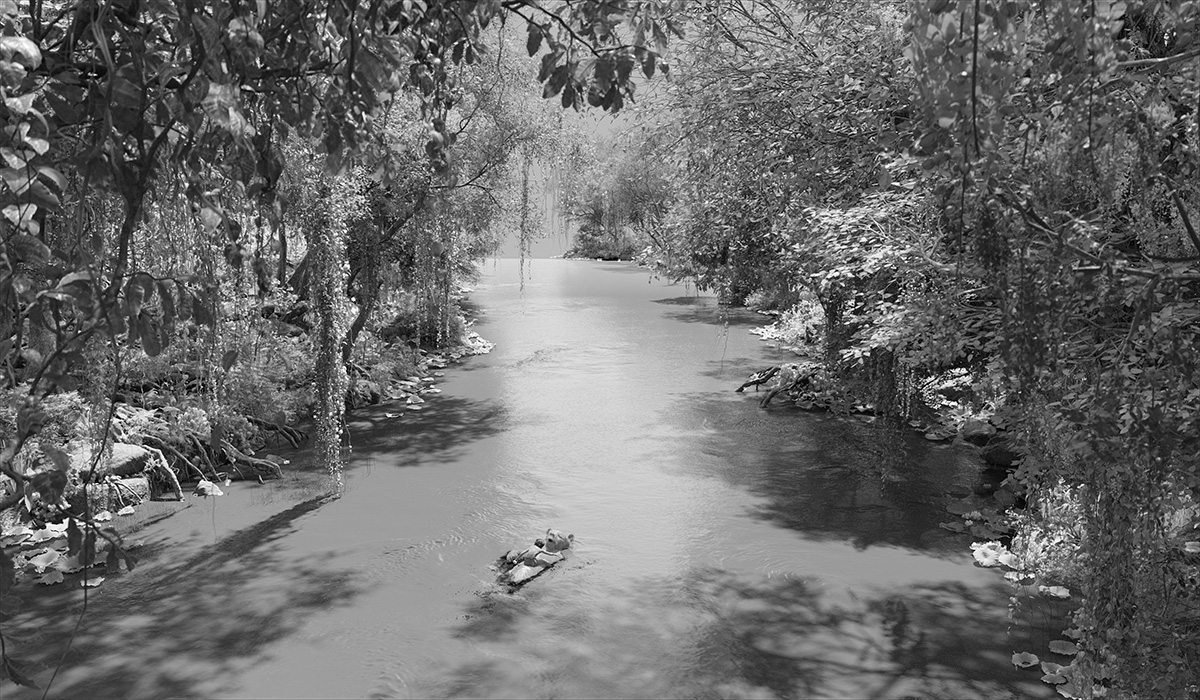
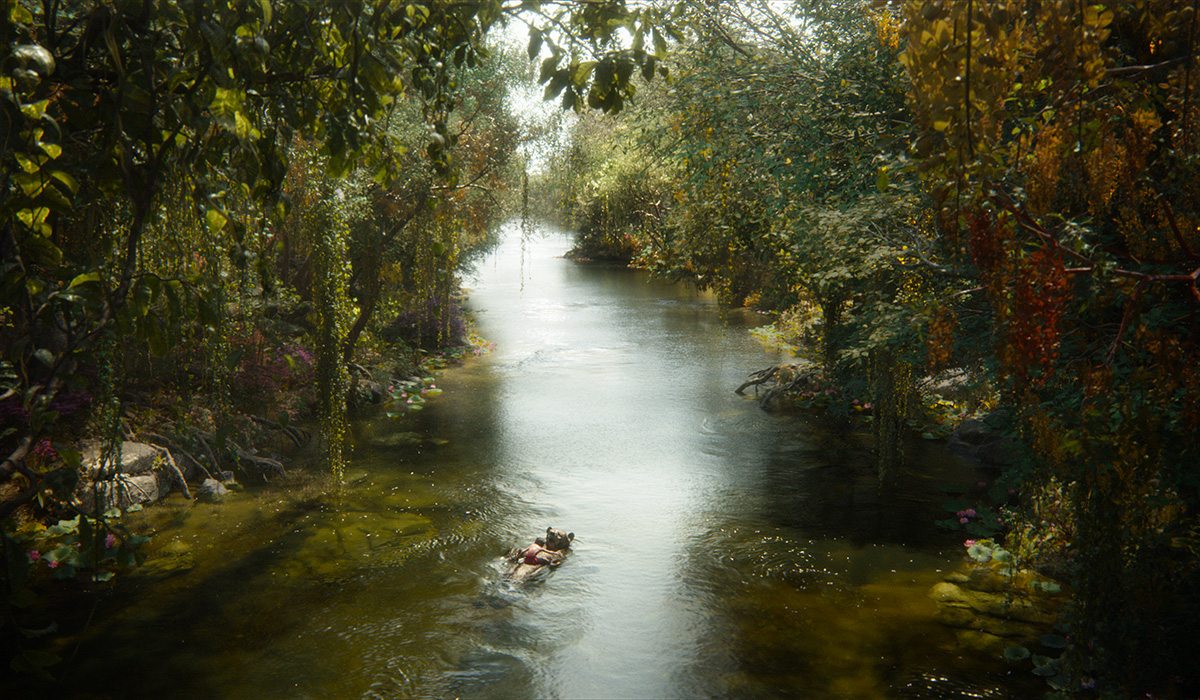
We were trying to create the illusion that it could have been all naturally photographed and shot, so the weakest link would destroy that illusion. We became much more diligent even in the most simplest of shots keeping the quality to this very high standard. It was even harder a task as we also were in native stereo as well. In short there was no skimping on the family recipe.
Kubo and the Two Strings
Nominees: Steve Emerson, Oliver Jones, Brian McLean, and Brad Schiff
The toughest shot: The big wave
Steve Emerson (visual effects supervisor): There were a lot of tough shots. But the first one that comes to mind is the wide shot of the big wave in the film’s opening sequence. Water is always a big challenge in stop motion films – and in this case we needed a looming, life-threatening wave that had massive scale, a naturalistic performance, handcrafted characteristics, and very specific elements of design. The reference art looked like a Japanese woodblock print and stage tests were done using garbage bags and shower curtains.
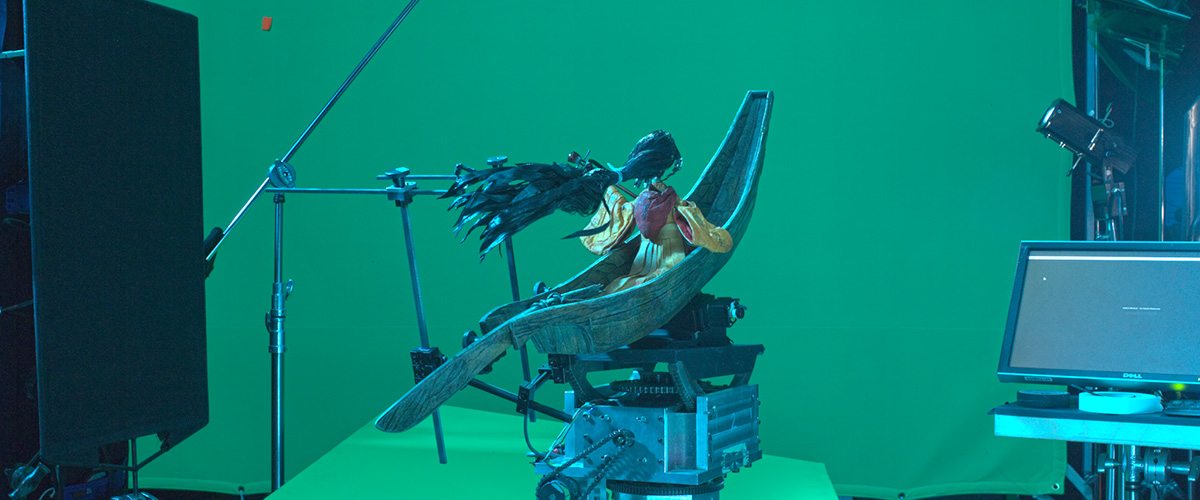
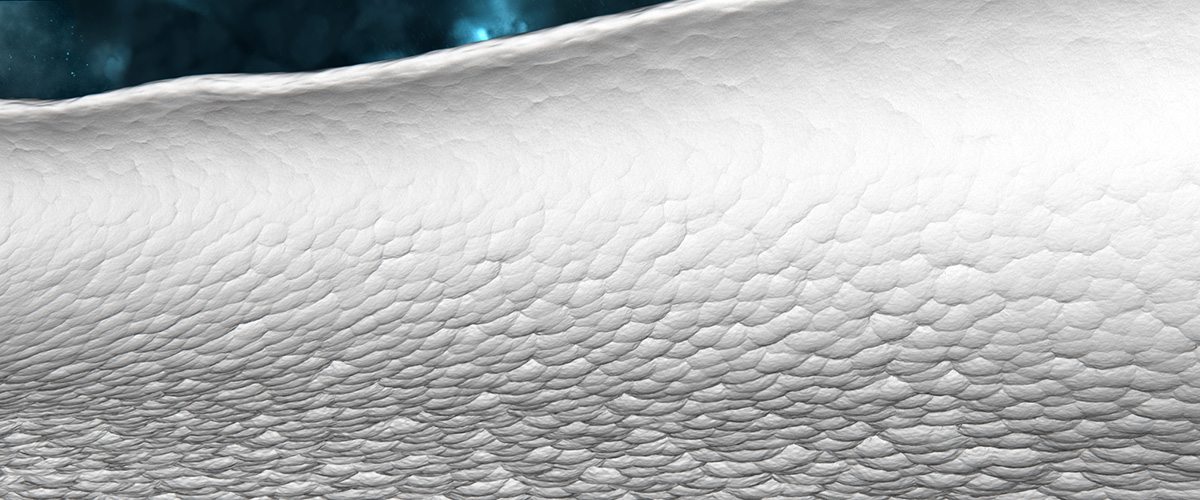
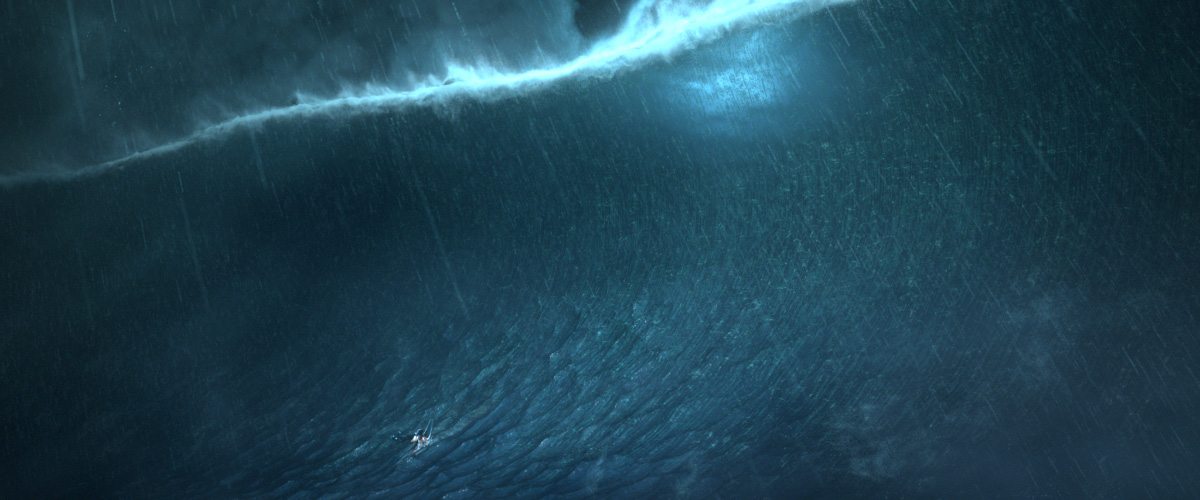
Basically we were being asked to create a giant woodblock-textured garbage bag that ‘felt’ like a giant wave and didn’t call attention to itself or pull viewers out of the story. Stages provided us with the puppet animation and boat on greenscreen, then it was up to the vfx team to take it from there. We collaborated with the art department, animation team and of course our director to develop the final look of the wave. The entire water development process took about eight months.
Rogue One: A Star Wars Story
Nominees: John Knoll, Mohen Leo, Hal Hickel, and Neil Corbould
The toughest shot: Krennic’s shuttle leaving the Death Star on his way to Eadu
John Knoll (visual effects supervisor): This shot was an attempt to show just how big the Death Star actually is meant to be. A space station 100 miles in diameter is such a fantastical concept that it’s very hard for anyone to really grasp. What made this shot challenging was trying to marry the aesthetics of multiple different previous depictions: The original 3-foot spherical model, the matte paintings of the equatorial trench, the high and low altitude depictions of the surface during the attack run, and make them all feel like they belonged together.
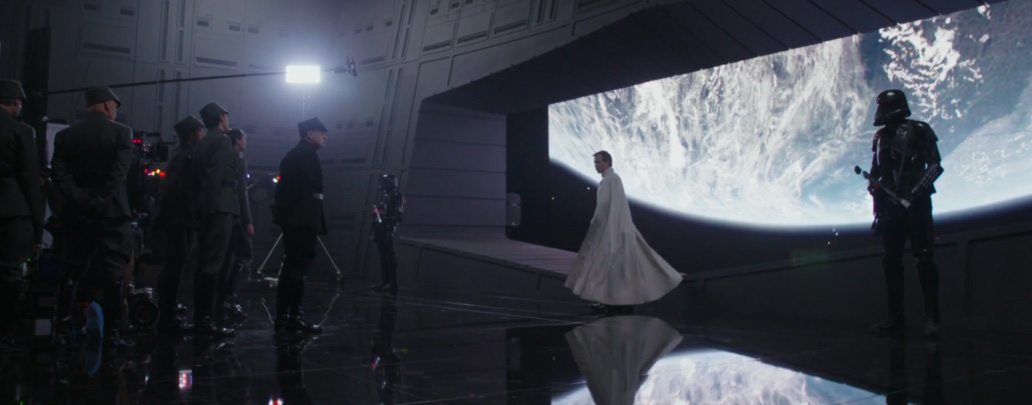
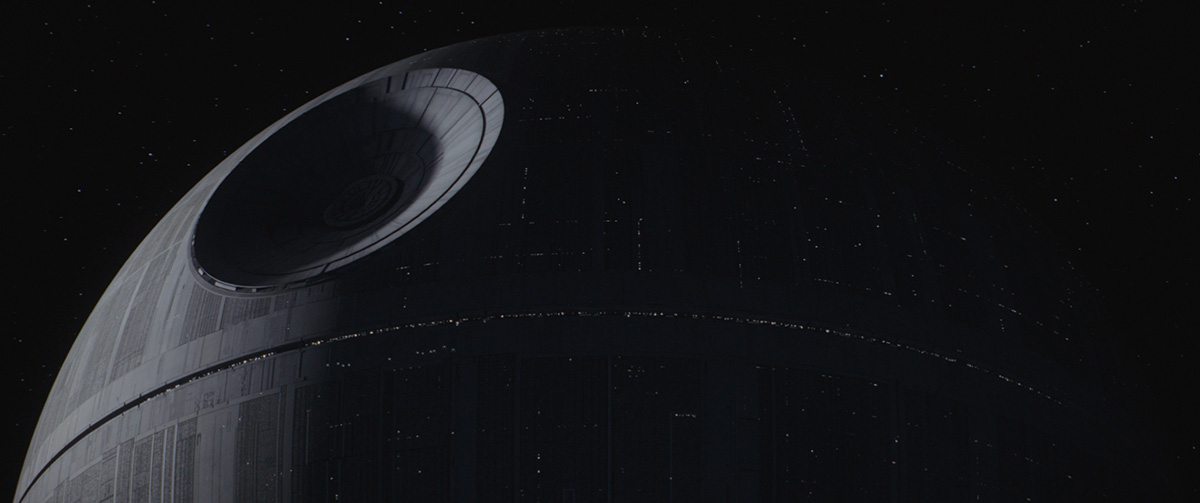
The model required multiple octaves of detail that all had to be true to a design language established by Ralph McQuarrie back in 1977. That design language looks deceptively simple, but is surprisingly challenging to emulate and make it look like if you zoomed way out you would be seeing the same familiar Death Star you remember from the original film.
The 89th Academy Awards will be presented on Sunday, February 26th, at the Dolby Theatre in Hollywood, California.
